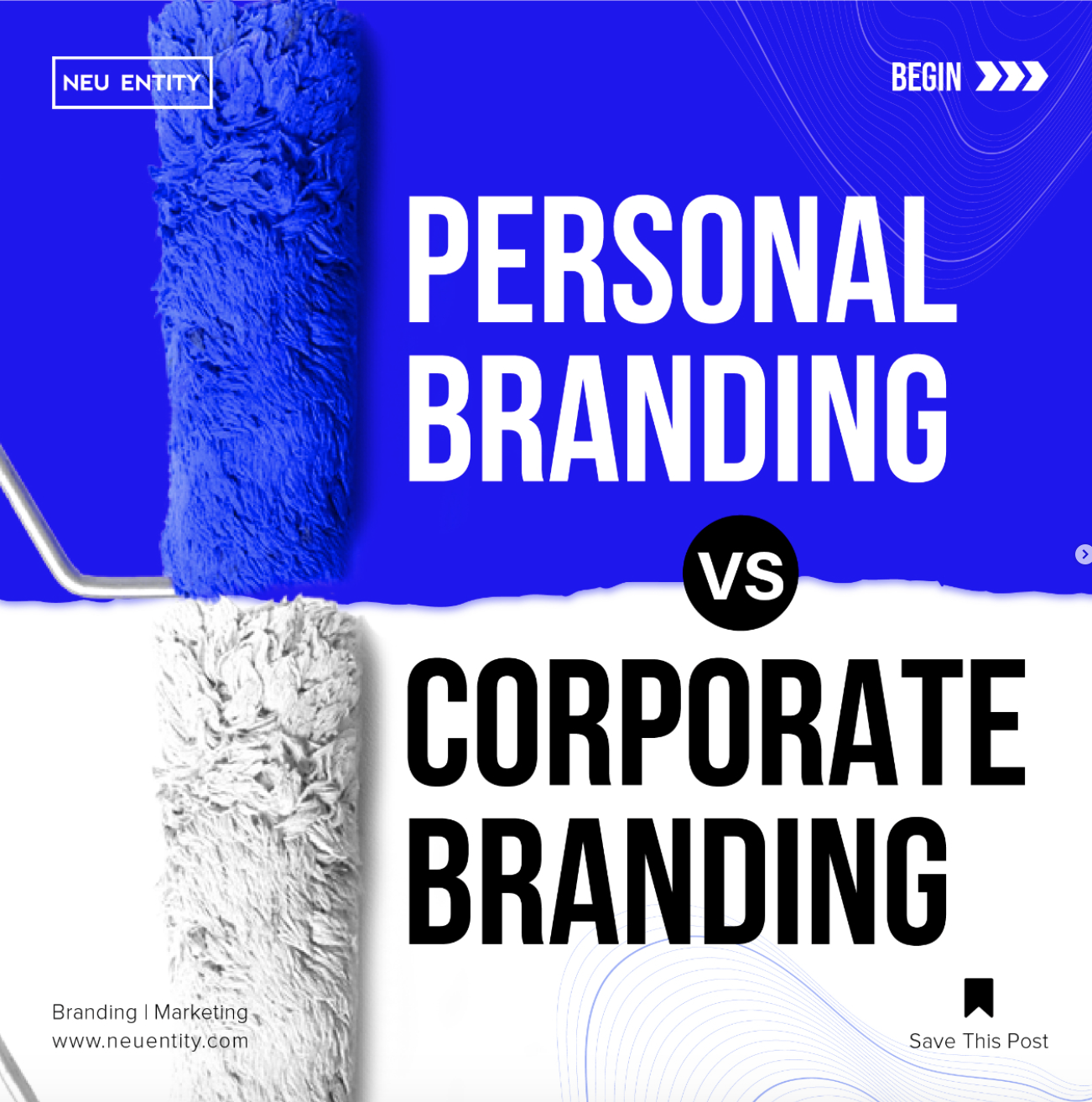In this article, we’ll uncover the magic behind corporate branding and why it’s an absolute game-changer for your success. From creating a magnetic brand image to crafting a solid strategy, we’ll equip you with the essential tools to conquer the corporate landscape. Get ready for an enlightening adventure that will revolutionize your business!
What is Corporate Branding
Corporate branding encompasses all the elements that define a company’s image in the minds of its stakeholders. It’s about creating a cohesive and memorable identity that resonates with customers, employees, investors, and the general public. Think of it as the DNA of a company—the essence that sets it apart from competitors and forms the foundation for brand loyalty.
Importance of Corporate Branding

Now, you might be wondering, why is corporate branding so crucial? Well, let me tell you—it’s a game-changer for businesses.
1. Building Trust and Credibility
A well-established corporate brand instills trust and credibility among consumers, investors, and other stakeholders. It signifies that the organization is reliable, consistent, and committed to delivering on its promises.
2. Differentiation in Competitive Markets
In crowded marketplaces, corporate branding provides a means for organizations to differentiate themselves from their competitors.
A strong brand identity helps create a unique position in the minds of consumers, enabling businesses to stand out and attract their target audience.
3. Attracting and Retaining Talented Employees
A compelling corporate brand can serve as a magnet for attracting top talent. When a company is known for its positive corporate culture, strong values, and a clear vision, it becomes an appealing workplace for potential employees.
Additionally, a well-defined corporate brand helps retain existing employees by fostering a sense of belonging and pride.
4. Enhancing Customer Loyalty and Advocacy
A robust corporate brand creates an emotional connection with customers, fostering loyalty and advocacy.
When customers identify with a brand’s values and feel aligned with its purpose, they are more likely to become repeat buyers and enthusiastic brand ambassadors.
5. Increasing Overall Business Value
An effective corporate brand contributes to the overall value of a business. A strong brand reputation can lead to increased market share, higher profitability, and a greater likelihood of success in mergers, acquisitions, or partnerships.
How Corporate Branding Differs from Product Branding?
Ah, the age-old question: What’s the difference between corporate branding and product branding? While they may seem similar, they serve different purposes.
Product branding focuses on creating a distinct identity for individual products or services within a company’s portfolio. It’s about highlighting the features, benefits, and value of specific offerings.
On the other hand, corporate branding takes a broader approach. It looks beyond individual products and focuses on building a strong overall brand for the entire company. It encompasses the company’s mission, values, culture, and reputation.
Corporate branding is about creating a consistent and cohesive image that reflects across all touchpoints, from marketing materials to employee interactions.
You can read more also about How differs corporate branding from personal branding on Neu Entity instagram post
In the next sections, we’ll delve deeper into the strategies and best practices for effective corporate branding. So, buckle up and get ready to discover the secrets behind successful corporate branding initiatives!
Key Elements of Corporate Branding
Creating a strong corporate brand involves several key elements that work together to shape the perception of a company. Let’s explore these essential components that form the building blocks of effective corporate branding.
A. Logo and Visual Identity
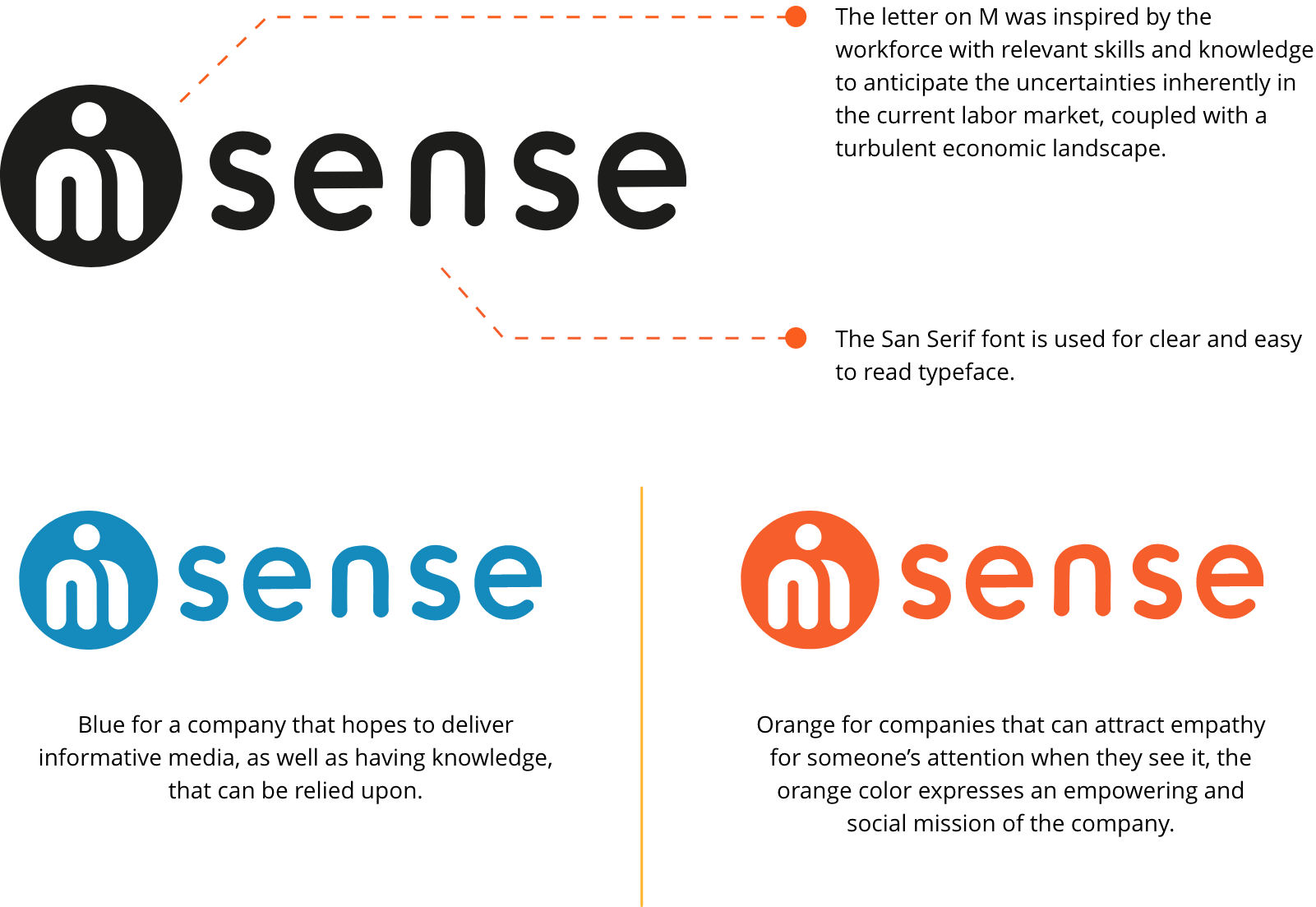
One of the most recognizable aspects of a corporate brand is its logo and visual identity. A well-designed logo can instantly convey the essence and personality of a company.
Think about iconic logos like Apple’s bitten apple or Nike’s swoosh. These visuals become synonymous with the brand and evoke emotions and associations in people’s minds.
A carefully crafted visual identity extends beyond the logo and includes colors, typography, and imagery that are consistent across all brand touchpoints.
B. Brand Messaging and Tone of Voice
Every company has a unique story to tell, and brand messaging is the vehicle for conveying that story. It involves crafting a compelling narrative that resonates with the target audience.
The tone of voice plays a crucial role in this process. Are you playful and lighthearted like Innocent Drinks, or more professional and authoritative like IBM? The tone of voice should align with the brand’s values and personality, and be consistent across all communication channels.
C. Brand Values and Personality
Corporate branding goes beyond mere aesthetics—it’s about embodying the company’s values and personality. What does your brand stand for?
What principles guide your decision-making? Defining and communicating your brand values helps establish an emotional connection with your audience.
Whether it’s promoting sustainability like Patagonia or innovation like Tesla, aligning your brand with values that resonate with your target market fosters trust and loyalty.
D. Customer Experience and Touch points
Creating a memorable brand goes hand in hand with providing an exceptional customer experience. Every interaction a customer has with your company, both online and offline, contributes to their perception of your brand.
From your website’s user interface to the packaging of your products, each touchpoint should reflect your brand’s identity and values.
Pay attention to detail and ensure consistency across all customer experiences to create a strong and lasting impression.
E. Corporate Culture and Internal Branding
A successful corporate brand isn’t just about external perceptions—it starts from within. Your employees are the ambassadors of your brand, and aligning them with your brand values and culture is vital. Internal branding initiatives foster a sense of belonging, pride, and shared purpose among employees.
When they embody and believe in your brand, they become advocates who deliver authentic and consistent experiences to customers.
Incorporating these key elements into your corporate branding strategy sets the foundation for a robust and compelling brand identity.
By paying attention to each component, you’ll create a cohesive and powerful brand that leaves a lasting impact on your target audience.
Now that we’ve explored the essentials, let’s dive into the strategies for developing an effective corporate branding strategy in the next section.
Strategies for Developing a Strong Corporate Brand

Building a strong corporate brand requires strategic planning and thoughtful execution. Let’s explore key strategies that can help you develop a compelling and impactful corporate brand.
A. Research and Analysis
Before diving into branding initiatives, conducting thorough research and analysis is crucial. This step provides valuable insights into your target audience and the market landscape.
1. Understanding Target Audience and Market
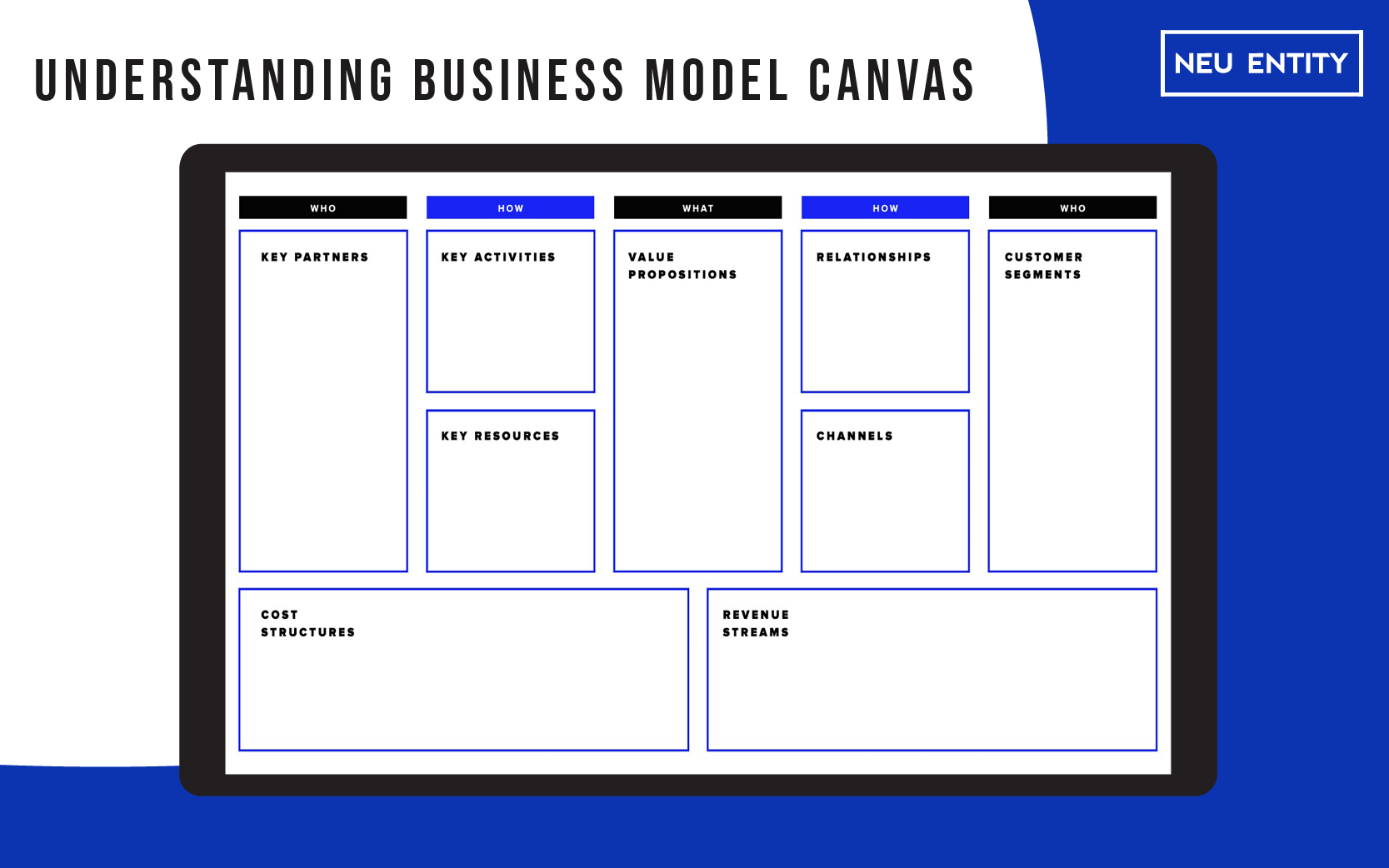
To create a brand that resonates with your audience, you need to understand their needs, preferences, and aspirations. Conduct market research, surveys, and interviews to gather data and gain a deep understanding of your target audience. This information will guide your brand positioning and messaging.
2. Competitor Analysis and Positioning
Analyzing your competitors is essential for differentiating your brand. Study their branding strategies, identify gaps in the market, and determine how your brand can offer a unique value proposition. Positioning your brand effectively against competitors helps carve out a distinct identity and target the right audience.
B. Brand Identity Development
Developing a strong brand identity sets the foundation for your corporate branding efforts. It involves creating visual elements and guidelines that reflect your brand’s essence.
1. Logo Design and Visual Elements

Crafting a visually appealing and memorable logo is paramount. Collaborate with designers to create a logo that represents your brand’s personality and resonates with your target audience.
Additionally, define color palettes, typography, and imagery that align with your brand values and evoke the desired emotions.
2. Creating Brand Guidelines

Consistency is key to effective branding. Develop comprehensive brand guidelines that outline how your brand should be presented across different platforms and touchpoints.
Include guidelines for logo usage, typography, colors, and tone of voice. These guidelines ensure that all brand elements are cohesive, reinforcing brand recognition and recall.
C. Brand Messaging and Communication
Crafting a compelling brand story and communicating it consistently helps establish a strong brand identity and emotional connection with your audience.
1. Crafting the Brand Story
Every brand has a story to tell. Develop a narrative that reflects your brand’s purpose, values, and journey. Use storytelling techniques to engage your audience emotionally and create a memorable connection.
Highlight what makes your brand unique and communicate the benefits and value it brings to customers.
2. Developing Consistent Brand Messaging

Consistency in messaging is vital for building brand recognition and trust. Define key brand messages and ensure they align with your brand story and values.
Incorporate these messages across all communication channels, including marketing materials, social media, and customer interactions. Consistent messaging builds brand authenticity and helps create a strong brand identity.
D. Internal Branding and Employee Engagement
Your employees play a crucial role in delivering the brand experience. Engaging and aligning them with your brand values is essential for creating a consistent and authentic brand image.
1. Aligning Employees with Brand Values
Ensure that your employees understand and embrace your brand values. Foster a sense of ownership and pride in your brand by involving employees in the brand development process.
Communicate the brand story and values internally, and provide opportunities for employees to actively contribute to the brand’s success.
2. Training and Communication Initiatives
Invest in training programs and initiatives to educate employees about the brand’s vision, mission, and values. Provide resources and tools that help them deliver a consistent brand experience.
Regularly communicate updates and achievements related to the brand to keep employees informed and engaged.
Case Studies of Successful Corporate Branding
1. Apple Inc.

Apple Inc. is widely recognized for its strong and iconic corporate brand that has revolutionized the technology industry.
The company’s branding strategies have played a pivotal role in its success, making it one of the most valuable and recognizable brands globally.
Key elements of Apple’s successful corporate branding include:
Simplicity and Innovation: Apple’s brand is synonymous with simplicity, sleek design, and cutting-edge innovation. The brand consistently delivers products that are user-friendly and aesthetically pleasing, establishing a reputation for excellence and pushing boundaries in technology.
Customer Experience: Apple prioritizes customer experience in all aspects of its branding. From the intuitive user interfaces of its devices to the seamless integration of its ecosystem, Apple focuses on delighting its customers at every touchpoint.
Brand Advocacy: Apple has cultivated a strong brand community and passionate brand advocates. By fostering a sense of exclusivity and aspiration, the brand has built a dedicated customer base that eagerly promotes and defends the brand.
B. Nike Inc.
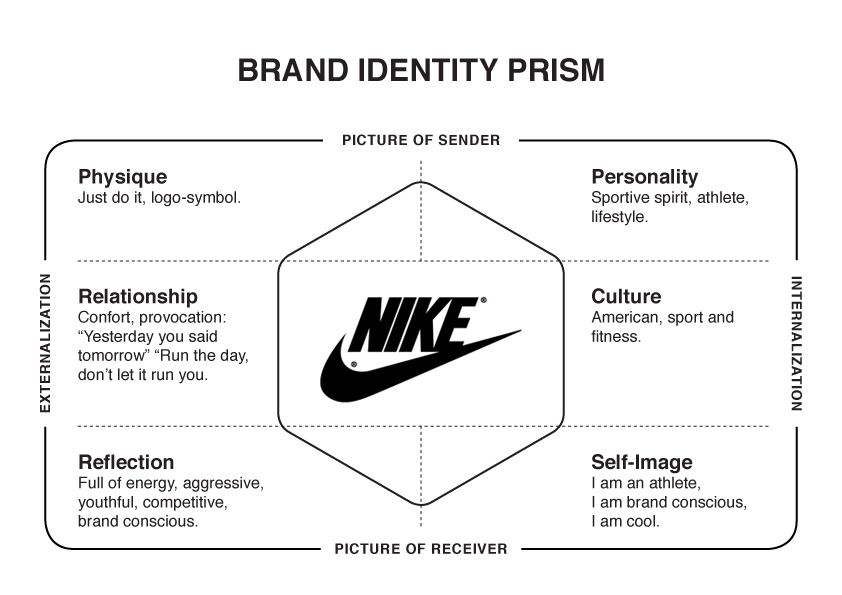
Nike Inc. is a global leader in athletic footwear, apparel, and equipment, renowned for its powerful and inspirational brand. Nike’s corporate branding strategies have helped the company establish itself as a symbol of athleticism, performance, and empowerment.
Key elements of Nike’s successful corporate branding include:
Authenticity and Emotional Appeal: Nike connects with its audience through emotional storytelling that taps into the aspirations and challenges of athletes. The brand inspires consumers to push their limits and believe in their potential.
Iconic Brand Slogan: Nike’s “Just Do It” slogan has become one of the most recognizable and impactful brand slogans in history. It encapsulates the brand’s philosophy and resonates with individuals striving for personal achievement.
Endorsement and Partnerships:
Nike strategically collaborates with influential athletes and teams, leveraging their credibility and achievements to enhance its brand image. Partnerships with athletes like Michael Jordan and Serena Williams have elevated Nike’s brand appeal.
C. Coca-Cola Company
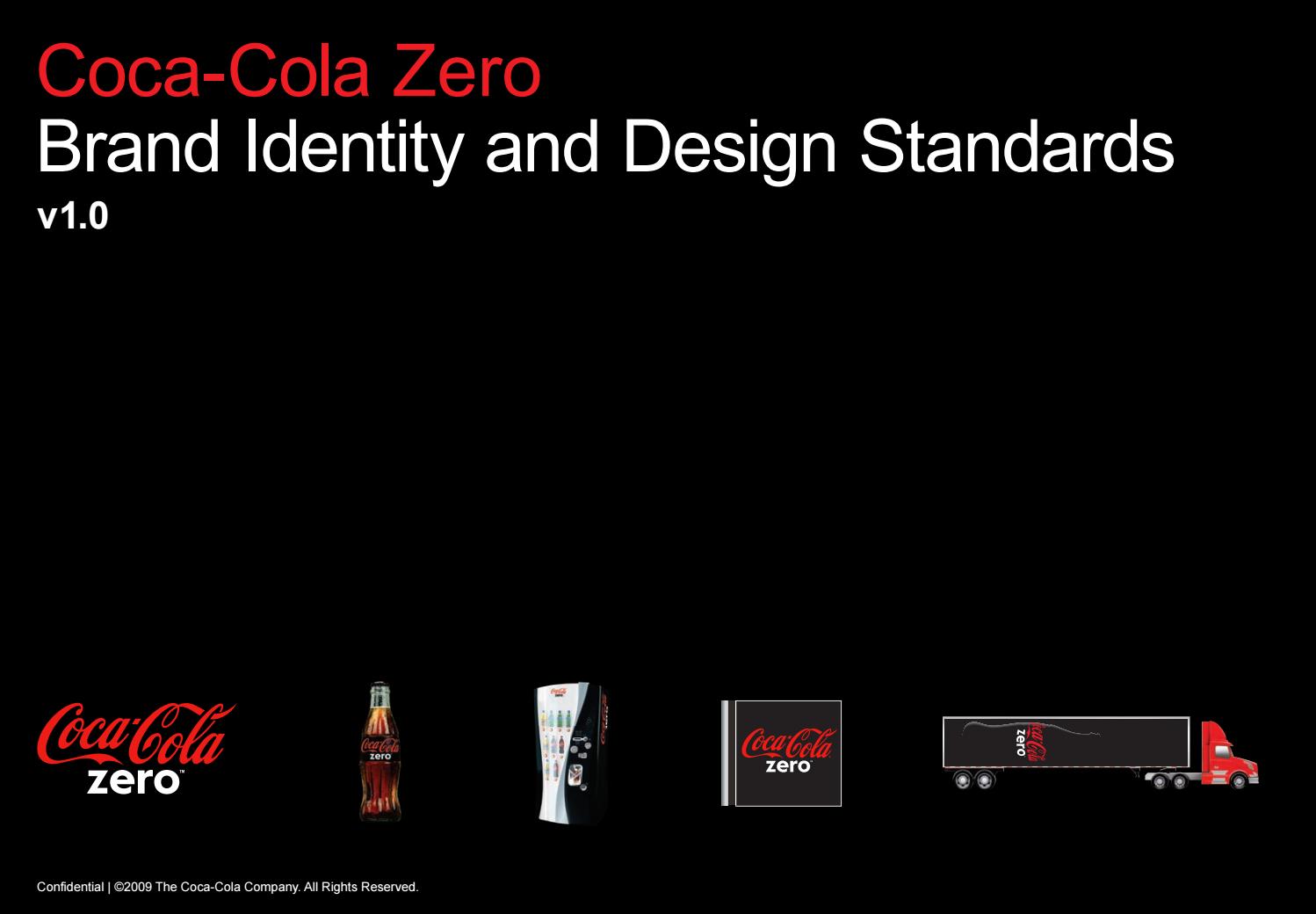
The Coca-Cola Company is a global beverage giant known for its strong corporate brand that evokes feelings of happiness, nostalgia, and shared moments. Coca-Cola’s branding strategies have contributed to its enduring success and cultural significance.
Key elements of Coca-Cola’s successful corporate branding include:
Emotional Branding: Coca-Cola taps into universal emotions, such as happiness, joy, and togetherness, to connect with consumers on an emotional level. The brand is often associated with celebrations, holidays, and memorable experiences.
Consistency and Tradition: Coca-Cola has maintained consistent brand elements, such as its iconic red and white logo and distinctive bottle shape, for over a century. This consistency has built trust and familiarity among consumers.
Global Appeal and Local Relevance: Coca-Cola successfully adapts its branding to resonate with diverse cultures worldwide while maintaining a global brand image. The brand’s campaigns and messaging often reflect local customs and traditions.
Conclusion
In conclusion, corporate branding is crucial for shaping a company’s identity and success. It involves creating a strong brand identity, differentiation from competitors, and building emotional connections.
Through elements like logos, brand messaging, and internal branding, companies can establish a cohesive brand presence. Case studies of Apple, Nike, and Coca-Cola demonstrate the power of effective corporate branding.
For businesses in Singapore, Neu Entity is a trusted branding agency partner. By investing in corporate branding, companies can position themselves for long-term success and customer loyalty.
Related Articles
Let’s Talk!
If what you see here is relevant for you and can help you grow your business or organisation, we’d love to discuss further with you. Drop us a message or schedule an appointment with us.
